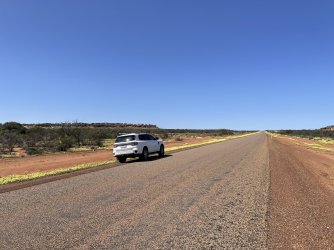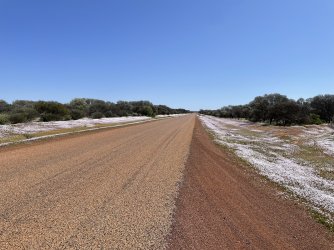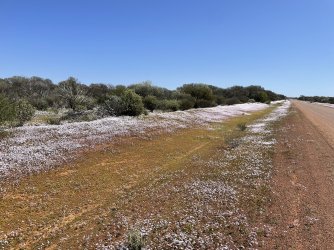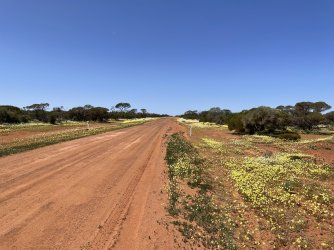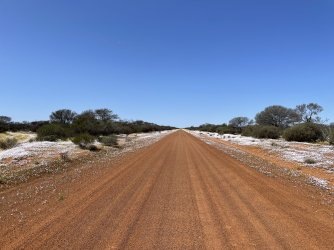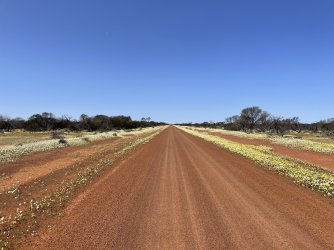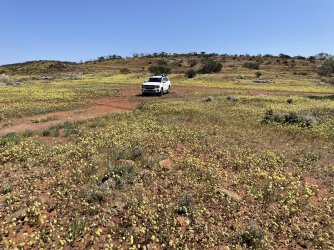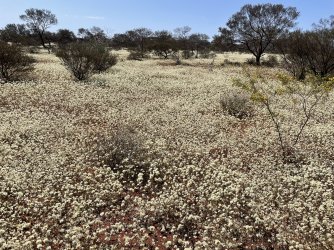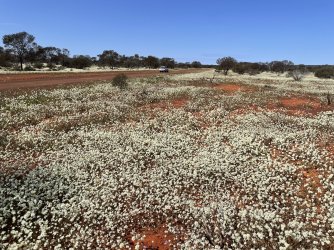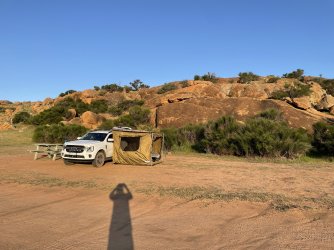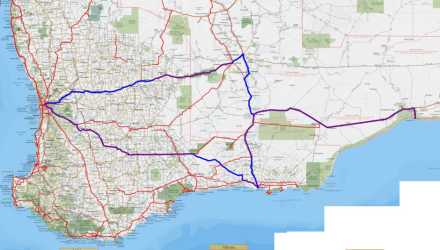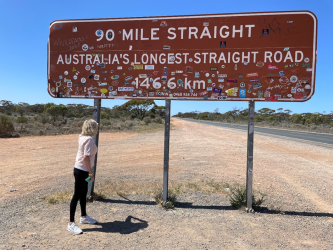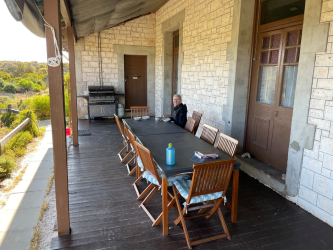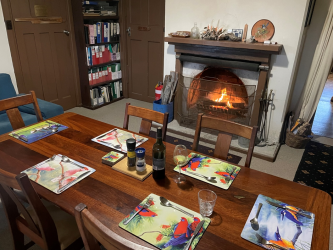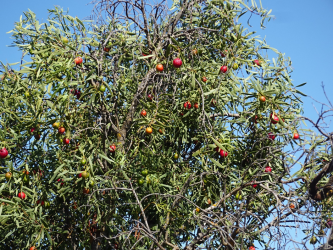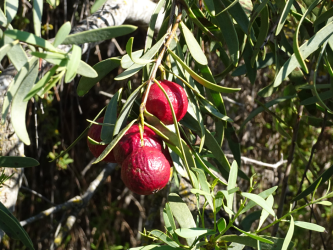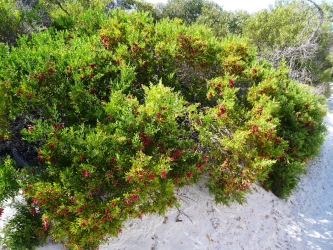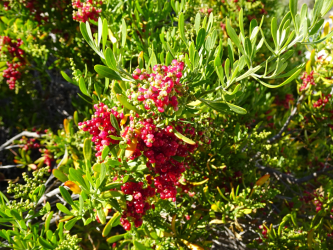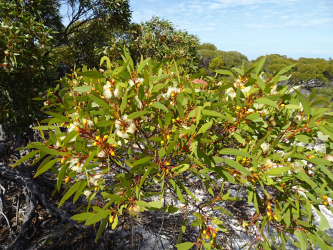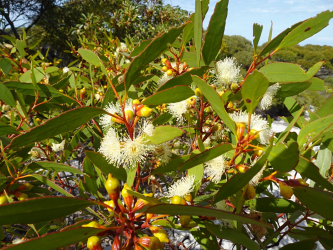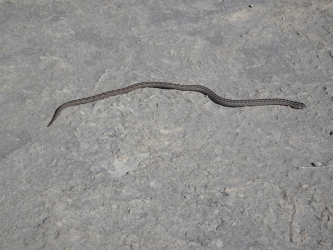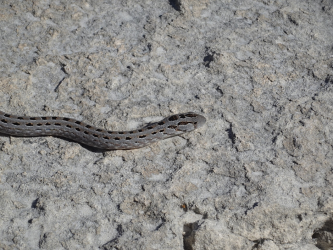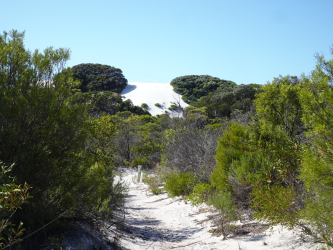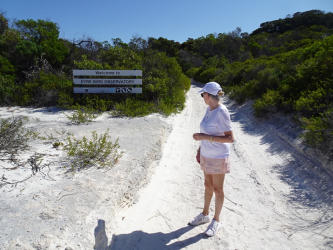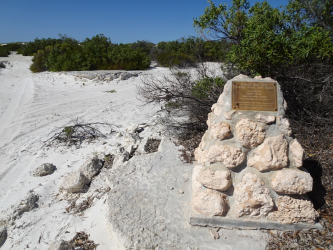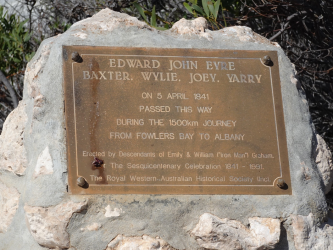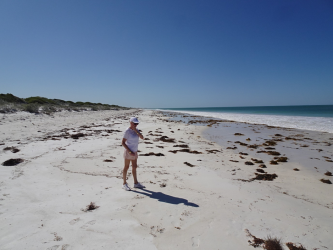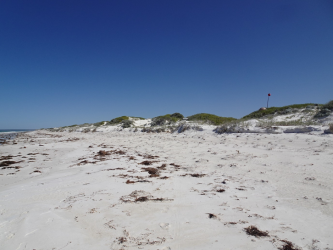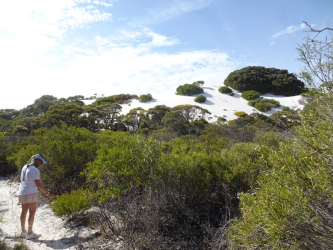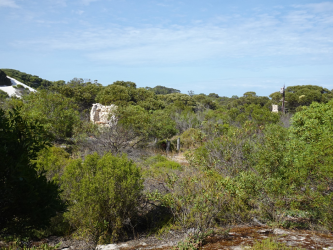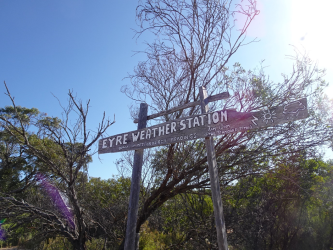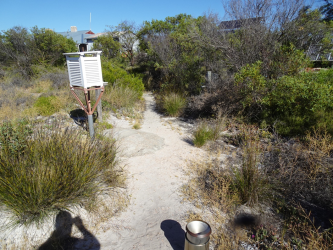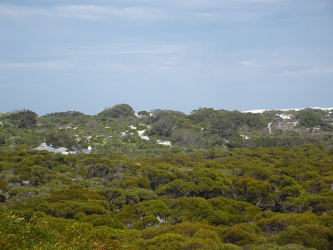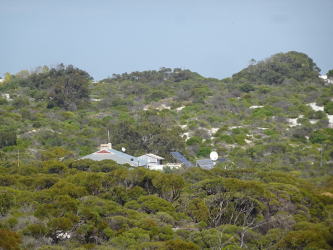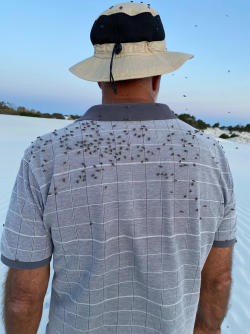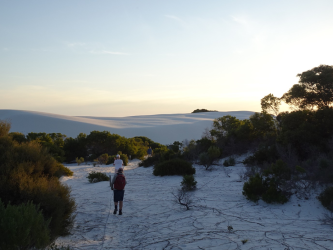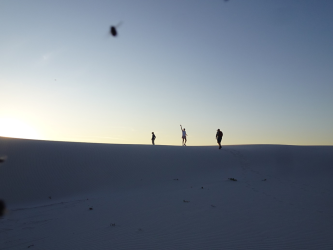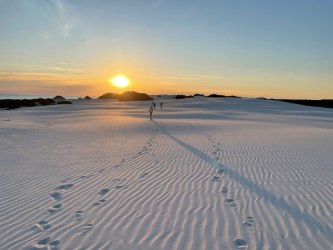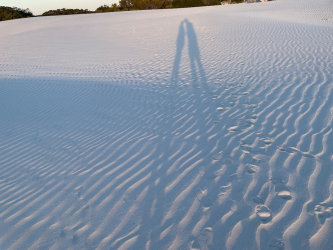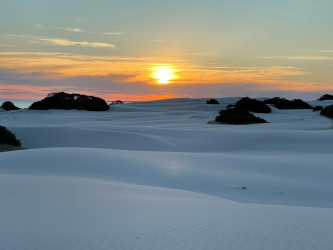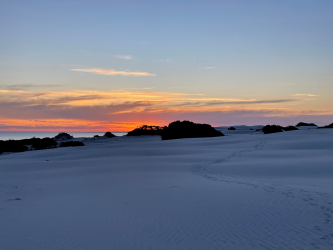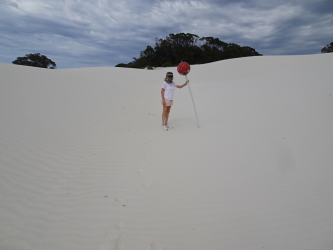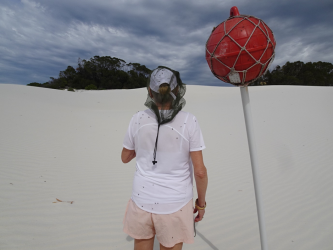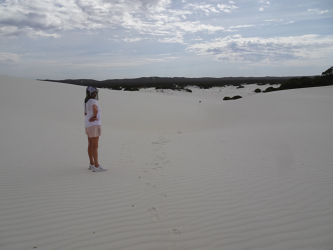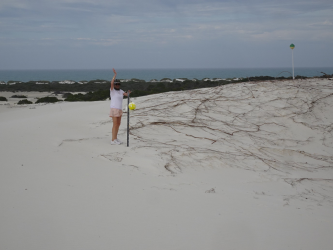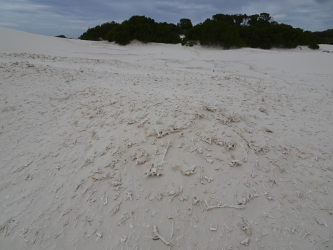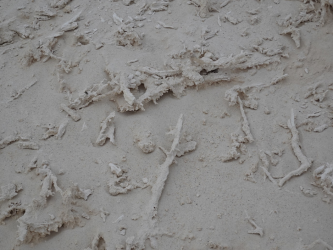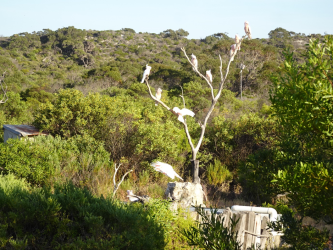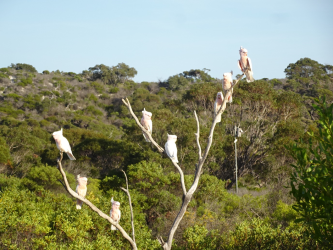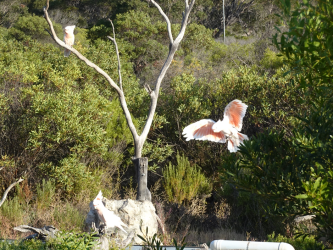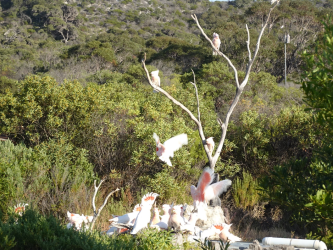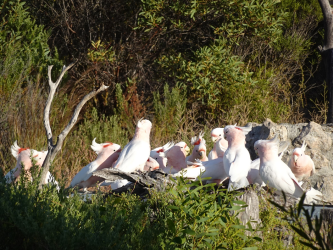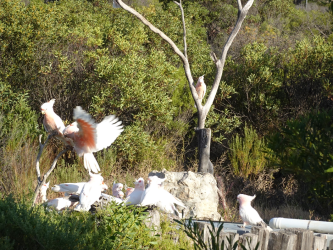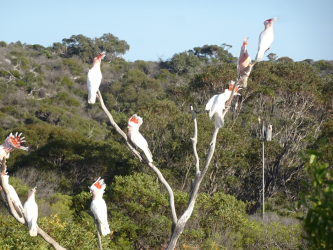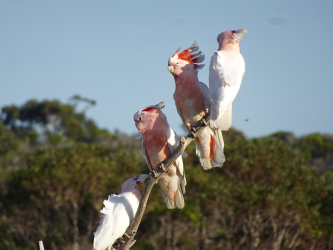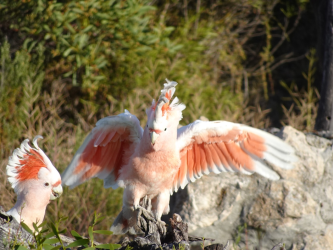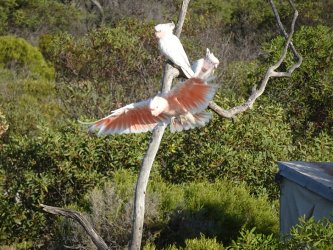- Joined
- Jun 7, 2006
- Posts
- 11,799
- Qantas
- LT Gold
That evening, I contemplated continuing NE to Cue as the lure of a superb Cue Burger and a bottle of Far Cue ( ) red, previously documented several times, was in my mind.
) red, previously documented several times, was in my mind.
However, on reflection, I opted against that for a few reasons: the wildflowers further N were past their peak, I had been to, around and through Cue several times in the last few years and the bush flies were in extreme abundance and a very aggressive nuisance (that, in itself, is a good biological indicator that the season was 'turning'.)
Instead, I opted to head SE from Yalgoo to Paynes Find and then into the N part of the wheatbelt agricultural region to overnight before the run home.
First stop, not far SE of Yalgoo was Jokers Tunnel, a bit of a gold-mining legend in the area (Jokers Tunnel, an outback gold mining mystery). Reputedly originating as a rich gold strike, it's 100m long and cuts through a hill, but its alleged richness didn't live up to spruikers' claims.
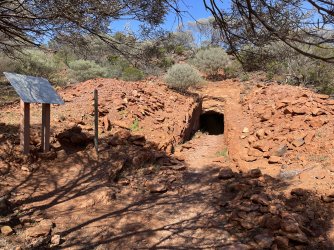
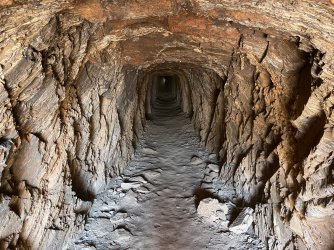
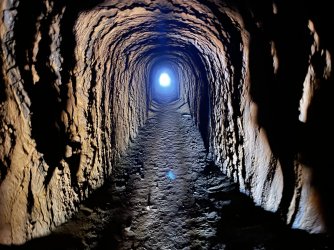
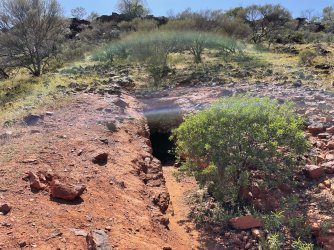
However, on reflection, I opted against that for a few reasons: the wildflowers further N were past their peak, I had been to, around and through Cue several times in the last few years and the bush flies were in extreme abundance and a very aggressive nuisance (that, in itself, is a good biological indicator that the season was 'turning'.)
Instead, I opted to head SE from Yalgoo to Paynes Find and then into the N part of the wheatbelt agricultural region to overnight before the run home.
First stop, not far SE of Yalgoo was Jokers Tunnel, a bit of a gold-mining legend in the area (Jokers Tunnel, an outback gold mining mystery). Reputedly originating as a rich gold strike, it's 100m long and cuts through a hill, but its alleged richness didn't live up to spruikers' claims.











